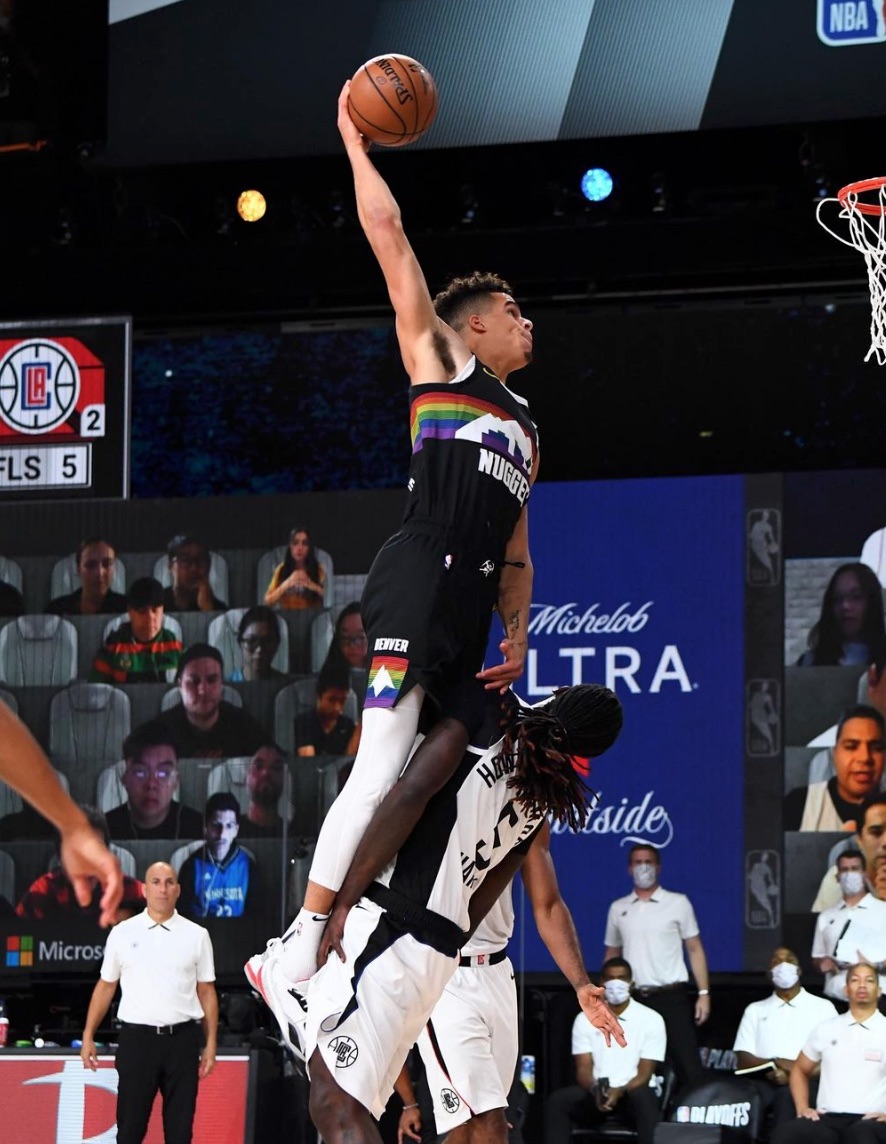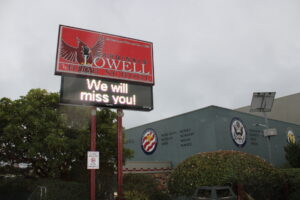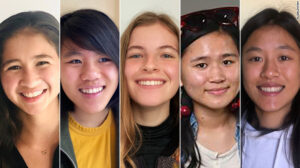In the midst of a global pandemic that has claimed more than 250,000 American lives, one of the last things expected to return were professional sports. But, against the odds, sports leagues such as the NBA, NFL, MLB and MLS have done so.
The different ways in which these leagues have approached their return to action and the results that followed provide helpful insight into the do’s and don’ts of reopening America and its institutions. For example, the implementation of enclosed environments for players to occupy have yielded extremely positive results.
The NBA, led by commissioner Adam Silver, set the precedent for how sports leagues should be run during the COVID-19 pandemic with the monumentally successful NBA Bubble.
“The Bubble” was established inside Florida’s Walt Disney World, which was closed to everyone but those associated with the NBA. The season began on July 7 with 22 teams in the playoffs and ended on October 11 when the Los Angeles Lakers were crowned champions of the 2020 season. During this extended period of time, no positive cases of COVID-19 were reported inside the Bubble.
The game environments within the Bubble differed vastly from the norm as fans were reduced to squares on the screens that lined the arena walls. The absence of live fans diminished the usual, high energy atmosphere that players are accustomed to. Larry Baer, the president of the San Francisco Giants, an organization that also disallowed fans from attending for safety reasons, said, “It’s tough… You know, when you go to a game with no fans it’s a little sobering. You know why it is and… [players] throughout their careers have feasted on the energy of the crowd and you just don’t have that.”
NBA players were only allowed a guest if their respective team made it past the first round of the playoffs — only eight teams did.
Despite some hiccups, such as Los Angeles Clippers’ guard Lou Williams’ violating the NBA’s guidelines by taking a trip to Magic City to indulge in some chicken wings, the NBA was successful in its efforts to establish a safe, isolated environment for the inhabitants of the Bubble.
They achieved this by conducting daily testing, keeping tabs on all Bubble occupants and restricting them from leaving the Bubble to enable in-depth contact tracing, embracing science by mandating masks and social distancing and having everyone wear an Oura Ring, a device that tracks the wearer’s body temperature, heart rate and respiratory rate, among other things.
Strict guidelines for entry were also implemented to ensure the virus did not enter the confines of Disney World. If a person violated the rules by, for example, interacting with a delivery driver or having an unauthorized guest, they were kicked out of the Bubble and only allowed reentry if they had three consecutive COVID-19 tests come back negative over a 48 hour period.
(The Bay Area’s own Golden State Warriors lacked the record necessary to compete in the Bubble.)
The MLB had less success than the NBA in quelling the spread of the virus. Although the total number of positive cases amongst players and staff is unclear, some notable facts to consider are that 43 regular-season games out of the 60 game season were postponed because of positive cases and organizations such as the St. Louis Cardinals and Miami Marlins had team-wide outbreaks.
Once the regular season concluded, the MLB decided to take after the NBA and create a bubble-like environment. Four cities were chosen to host the 16 playoff teams: Los Angeles, San Diego, Houston and Arlington, Texas, which greatly reduced the amount of traveling and unneeded interactions for players and staff that the regular season entailed. The league also required players to stay in their hotels at all times when not at the ballpark, even if they were playing in a city where they resided, and just like other leagues, players and staff were tested for COVID-19 daily.
The MLB’s application of the bubbles was extremely successful as the league went 58 days without a single positive case during the playoffs. However, a stain on this impressive span happened when Justin Turner, a member of the Los Angeles Dodgers, was abruptly ousted in the seventh inning of game six of the World Series due to a positive test, but returned to the field later that night after the Dodgers were crowned champions.
According to Larry Baer, the Chief Executive Officer of the San Francisco Giants, if the pandemic is still ongoing next year, it is unlikely that a regular season bubble will be implemented as, “It’s too long a season… (and) you’re going to have to have travel.” However, he also stated that, “Travel is going to be super regulated” and the league now possesses knowledge on what works and what doesn’t.
(The San Francisco Giants finished their season on September 27 of this year after a close loss to the San Diego Padres. The Oakland Athletics outdid the Giants, making it to the Divisional Series. However, they lost to the Houston Astros in four games and were sent home on October 28.)
The NFL has weaker guidelines than the NBA or MLB, although the NFL has implemented certain regulations to attempt to limit the spread of the coronavirus amongst its players. These guidelines include daily COVID-19 and symptom testing, a reduced number of fans in attendance at games, mandating wearing masks at all times except workouts, practices and games, limiting the number of staff members who can travel with the team, physical distancing wherever possible and prohibiting engagement in “high-risk activities.”
Although the league has a multitude of rules in place, it is evident that the NFL’s current plan is largely ineffective as 47 players as well as 71 others who are employed by the league or one of its teams have tested positive for COVID-19 this season.
Despite lacking adequate guidelines to limit the spread of the virus, the NFL has fairly efficient protocols for after a player or employee contracts COVID-19.
In the event that an individual tests positive, they are immediately asked to self-isolate and separate themselves from the team as soon as possible. If asymptomatic, a player can return either ten days after the first positive test or five days after the first test if the player has tested negative two times over a 24 hour period. If symptoms are displayed, players can only return ten days after the initial positive test and if they have not experienced symptoms in the last 72 hours.
With seven more weeks of the regular season to go, as well as the playoffs, a lot is still up in the air for the NFL.
(This season, the San Francisco 49ers have been riddled both with injuries and COVID-19 cases, as has the rest of the NFL. The 49ers will likely not make the playoffs this year due to the plethora of unfortunate injuries. Thus, their last game will likely occur on January 3, 2021.)
(Although a schedule hasn’t been released yet, the NHL’s San Jose Sharks will return to the ice sometime in December of this year. And another San Jose team, the Earthquakes, will hit the pitch for their final soccer game of the season against Sporting Kansas City on November 22.)
The NBA’s success in halting the spread of COVID-19 can be attributed to the implementation and strict regulations of the Bubble. The leagues that have returned to play without something similar in place have failed to keep their players and staff from contracting the virus — even with rigid protocols. So far, only a combination of stern guidelines and an enclosed space for players and staff to inhabit, as used by the NBA, has kept those in professional sports leagues relatively safe during the COVID-19 pandemic.






